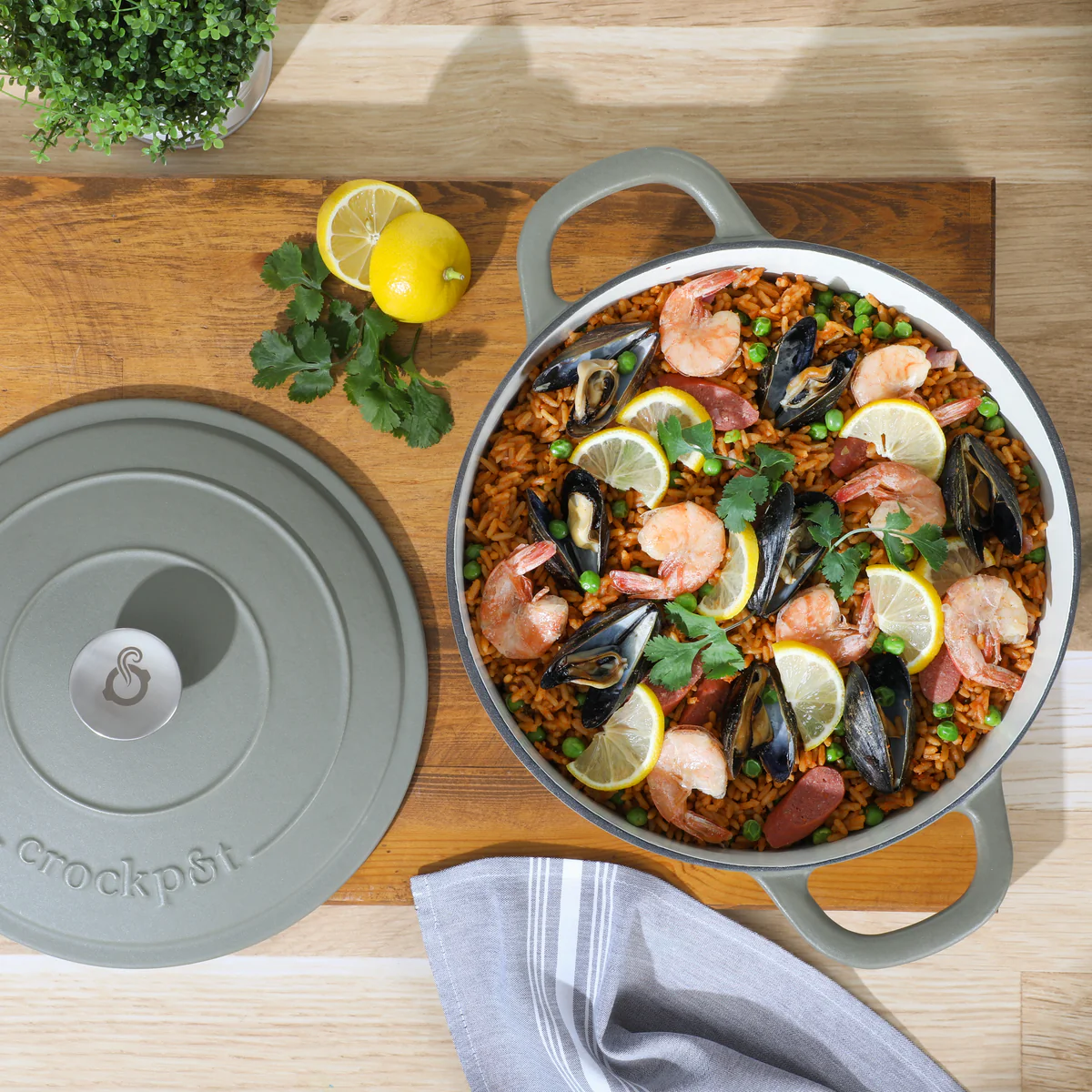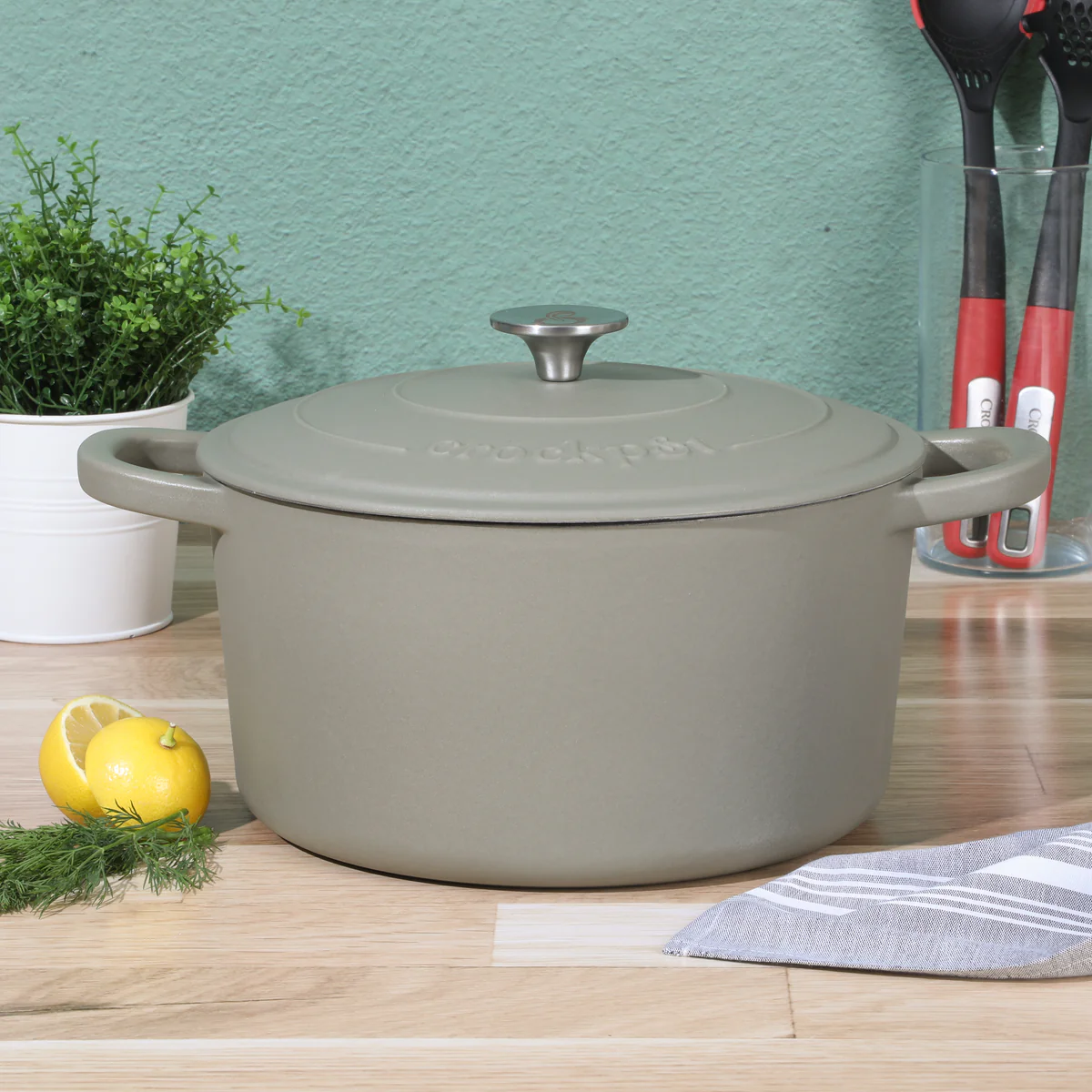Hello, fellow food lovers, and welcome back to the Crock Potz kitchen! It’s your host and resident slow-cooking enthusiast, here to chat about something we all have on our counters: that trusty, reliable slow cooker. It’s the unsung hero of countless weeknight dinners, potluck superstars, and “set it and forget it” triumphs. But have you ever looked at your beloved appliance and wondered, How Long Do Slow Cookers Last? It’s a fantastic question, because knowing the answer can save you from a potential dinner disaster.
I’ve had my fair share of slow cookers over the years, from my very first hand-me-down model in college to the sleek digital one I use now. I’ve learned that they aren’t immortal, but with a little TLC, they can be a long-term kitchen partner. So, grab a cup of coffee, and let’s dive deep into the lifespan of our favorite one-pot wonder.
The Big Question: So, How Long Do Slow Cookers Last on Average?
Let’s get right to it. On average, a good quality slow cooker should last you anywhere from 5 to 10 years. Of course, this is a ballpark figure. The actual lifespan of your appliance depends heavily on a few key factors: the brand’s quality, how often you use it, and how well you take care of it.
A basic, no-frills model that you use every single day for your “dump dinner” creations might be on the lower end of that spectrum. A high-end, digitally-controlled slow cooker that you only bring out for special occasions could easily surpass the 10-year mark. Think of it like a car; the more miles you put on it and the less maintenance you do, the sooner you’ll be shopping for a new one.
Telltale Signs Your Slow Cooker Is on Its Last Legs
Your slow cooker usually won’t just stop working overnight. It will give you little hints that it’s getting tired. Learning to spot these signs is key to preventing a meal from being ruined or, worse, a safety hazard. Here’s what to look out for.
Inconsistent Cooking or Hot Spots
Have you noticed that your pot roast is perfectly tender on one side but still a bit tough on the other? Or maybe your famous chili now has a scorched layer at the bottom every single time? This is a classic sign that the heating element is failing. It’s no longer distributing heat evenly, leading to hot spots and undercooked areas. This is often the first and most frustrating sign that it’s time for a replacement.
Cracks in the Ceramic Insert (The Crock)
This one is a big deal. A small hairline crack might seem harmless, but it can quickly become a major problem. First, it compromises the structural integrity of the crock. The stress from heating and cooling can cause that small crack to expand and shatter, which is a mess you do not want to clean up. Second, a crack can harbor bacteria that’s impossible to clean, posing a food safety risk.
As culinary blogger Sarah Carter, who specializes in convenient family meals, often says, “Treat your slow cooker’s ceramic insert like your favorite ceramic mug. No sudden temperature changes and gentle handling are the keys to a long, happy life together.”
If you see a crack, no matter how small, it’s time to replace the insert or the entire unit. Do not continue to cook with a cracked crock.
A Damaged or Frayed Power Cord
This is a non-negotiable safety issue. Inspect your slow cooker’s cord regularly. If you see any fraying, exposed wires, or damage to the plug, unplug it immediately and stop using it. A faulty cord is a significant fire and electrocution hazard. It’s simply not worth the risk.
The Lid Doesn’t Fit Snugly Anymore
The magic of slow cooking relies on trapping heat and moisture under a well-fitting lid. If your lid is warped, chipped, or no longer creates a good seal, your cooker can’t maintain a consistent temperature. You’ll lose moisture, your food will take longer to cook, and the results will be dry and disappointing. This is especially true for delicate slow cooker chicken recipes that rely on a moist environment.
Pro Tips to Maximize Your Slow Cooker’s Lifespan
Want to keep your slow cooker chugging along for years to come? It’s easier than you think. A little preventative maintenance goes a long way.
- Master the Art of Gentle Cleaning: Always let the ceramic insert cool down to room temperature before washing it. Submerging a hot crock in cold water can cause thermal shock, leading to cracks. Wash it with a soft sponge and mild soap; avoid abrasive scouring pads that can scratch the glaze.
- Avoid Extreme Temperature Shocks: On that note, never take your crock from the refrigerator and place it directly into a preheated base. Let it sit on the counter for 20-30 minutes to warm up a bit first.
- Store It Smartly: Don’t wrap the power cord tightly around the base. This can strain the cord over time. Instead, coil it loosely. If you store the lid upside down inside the crock to save space, place a paper towel or a thin kitchen towel between the rim and the lid to prevent chipping.
- Don’t Overfill It: Most slow cookers work best when they are between one-half and two-thirds full. Overfilling can lead to uneven cooking and can cause food to bubble up and damage the heating element area.
When Is It Time to Say Goodbye? The Repair vs. Replace Dilemma
So, your slow cooker is showing some of the warning signs. Should you try to repair it?
Honestly, for most common issues, the answer is no. Slow cookers are relatively inexpensive appliances. The cost of a replacement ceramic insert or a new lid can often be half the price of a brand-new machine. And when it comes to electrical issues like a faulty heating element or a damaged cord, attempting a DIY repair is a major safety risk unless you are a qualified professional.
My rule of thumb is this: if the fix costs more than 30-40% of a new, comparable model, it’s time to invest in a replacement. You’ll get a new warranty and the peace of mind that comes with a perfectly functioning, safe appliance.
Frequently Asked Questions (FAQ)
Here are some common questions I get from the Crock Potz community about the longevity and care of their slow cookers.
Can I still use a slow cooker with a cracked insert?
No, you should not. A cracked insert can break apart during cooking, which is a messy and dangerous situation. It can also harbor bacteria and lead to uneven cooking. It’s best to replace the insert or the entire slow cooker.
Does the brand of slow cooker affect how long it lasts?
Generally, yes. Well-established brands often use higher-quality materials for their heating elements and ceramic inserts, which can contribute to a longer lifespan. However, proper care is just as important as the brand name.
My slow cooker gets really hot on the outside. Is that normal?
The exterior base of a slow cooker will get warm, and sometimes hot, to the touch. This is normal. However, it should not be so hot that it scorches your countertop or is untouchable. Always place your slow cooker on a heat-safe surface and keep it away from flammable items.
How can I test if my slow cooker is heating correctly?
You can perform a simple water test. Fill the crock halfway with water, cover it, and set it to LOW for 8 hours. At the end of the 8 hours, use an instant-read thermometer to check the water temperature. It should be around 185-200°F (85-93°C). If it’s significantly lower or boiling rapidly, the thermostat may be malfunctioning.
Is it worth buying an expensive slow cooker?
It depends on your needs. More expensive models often come with features like programmable timers, temperature probes, and more precise heat settings. If you use your slow cooker frequently and want more control, it can be a worthwhile investment. For basic one-pot meals, a simple, reliable model works perfectly well.
The Final Simmer
So, there you have it. While our beloved slow cookers can’t last forever, understanding their average lifespan and how to care for them can ensure you get many years of delicious, hassle-free meals. Knowing how long do slow cookers last and what to look for when they’re failing empowers you to be a smarter, safer home cook.
Your Crockpot is more than just an appliance; it’s a gateway to amazing meals that bring people together. Treat it well, and it will return the favor with countless memorable dinners. Have you ever had a slow cooker “retire” on you? Share your stories and any tips you have in the comments below! I’d love to hear from you.

One thought on “Your Crockpot’s Lifespan: How Long Do Slow Cookers Last?”